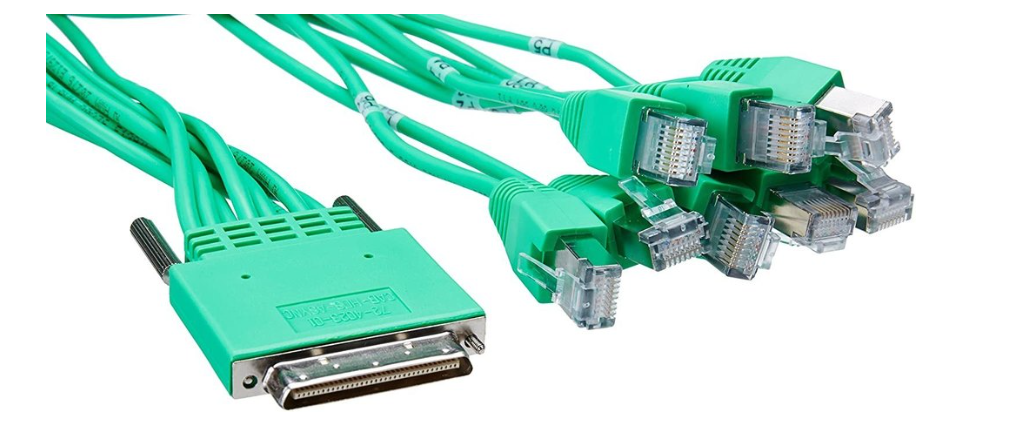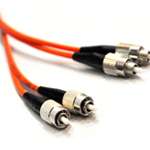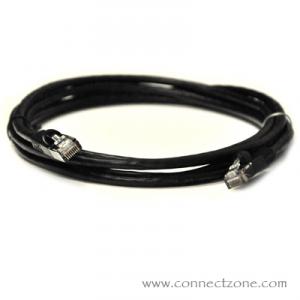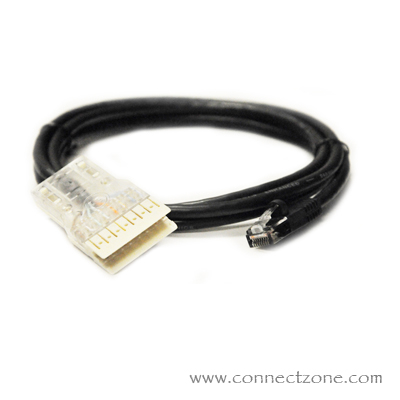We use cookies to make your experience better. Read more
07 Apr, 2011
What is 10G Optical Fiber?The 10 gigabit Ethernet (10GE or 10GbE or 10 GigE) standard was first published in 2002 as IEEE Std 802.3ae-2002. It defines a version of Ethernet with a nominal data rate of 10 Gbit/s, ten times as fast as gigabit Ethernet.
10 gigabit Ethernet defines only full duplex links which can be connected by switches. Half duplex operation and CSMA/CD (carrier sense multiple access with collision detection) do not exist in 10GbE.
The 10 gigabit Ethernet standard encompasses a number of different physical layer (PHY) standards. It remains to be seen which of these PHYs will gain widespread commercial acceptance. However a networking device may support different PHY types by means of pluggable PHY modules and SFP+ is a popular module interface.
At the time that the 10 gigabit Ethernet standard was developed, there was much interest in 10GbE as a WAN transport and this led to the introduction of the concept of the WAN PHY for 10GbE. This operates at a slightly slower data-rate than the LAN PHY and adds some extra encapsulation. The WAN PHY and LAN PHY are specified to share the same Physical Medium Dependent sublayers so 10GBASE-LR and 10GBASE-LW can use the same optics. LAN PHY greatly outsells the WAN PHY.
From 2007 when only 1 million ports were shipped, 10 gigabit Ethernet deployments rose quickly to 124 million ports shipped in 2009.
The optical fiber guides the light launched into the fiber core (see picture). The cladding is a layer of material that surrounds the core. The cladding is designed so that the light launched into the core is contained in the core. When the light launched into the core strikes the cladding, the light is reflected from the core-to-cladding interface. The condition of total internal reflection (when all of the light launched into the core remains in the core) is a function of both the angle at which the light strikes the core-to-cladding interface and the index of refraction of the materials. The index of refraction (n) is a dimensionless number that characterizes the speed of light in a specific media relative to the speed of light in a vacuum. To confine light within the core of an optical fiber, the index of refraction for the cladding (n1) must be less than the index of refraction for the core (n2).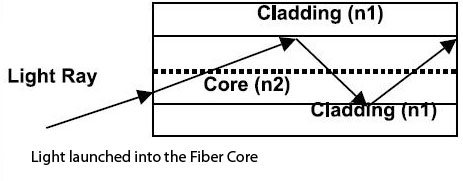
Connectzone.com They have a huge selection for all fiber cables, multi mode, single mode, and 10G fiber. I am all for supporting local business's so tell them BK sent ya.
How Does It Work?
The optical fiber guides the light launched into the fiber core (see picture). The cladding is a layer of material that surrounds the core. The cladding is designed so that the light launched into the core is contained in the core. When the light launched into the core strikes the cladding, the light is reflected from the core-to-cladding interface. The condition of total internal reflection (when all of the light launched into the core remains in the core) is a function of both the angle at which the light strikes the core-to-cladding interface and the index of refraction of the materials. The index of refraction (n) is a dimensionless number that characterizes the speed of light in a specific media relative to the speed of light in a vacuum. To confine light within the core of an optical fiber, the index of refraction for the cladding (n1) must be less than the index of refraction for the core (n2).

Where Can I Get 10G Fiber?
Connectzone.com They have a huge selection for all fiber cables, multi mode, single mode, and 10G fiber. I am all for supporting local business's so tell them BK sent ya.
0 Comment(s)


